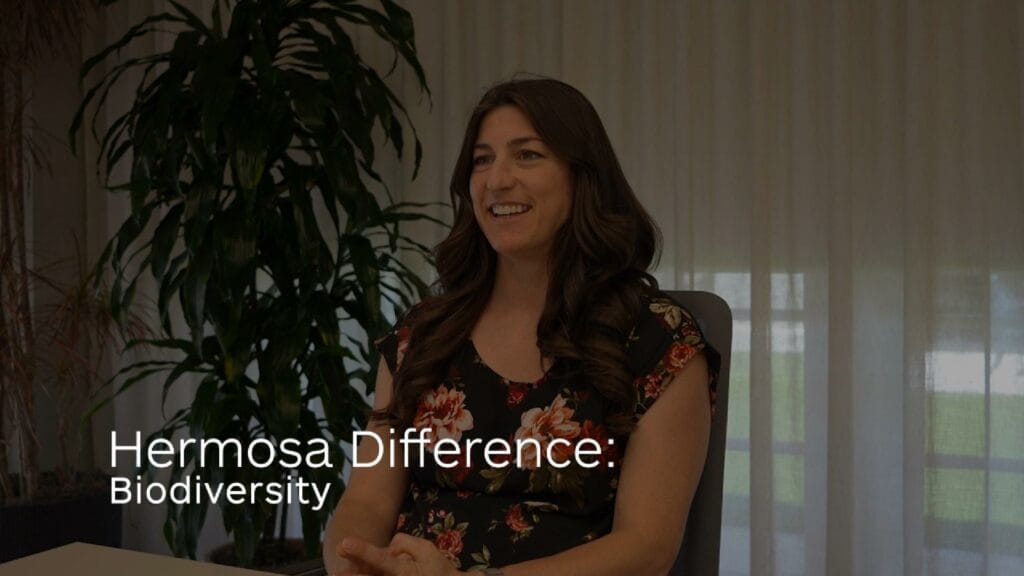
“Hermosa is bringing together components that other mining projects may include individually—but here, they’re being integrated into a single, next-generation approach.”
– Maggie Blais, Senior Environmental and Permitting Specialist
By designing infrastructure and processes that prioritize resource conservation from the start, South32 is proving that environmental stewardship and operational success can go hand in hand—especially when mining with a mindset that goes beyond compliance to embrace biodiversity challenges and opportunities with a new way of thinking.
South32 is doing just that by embedding environmental accountability into every layer of Hermosa’s project development. The team is taking a proactive, science-based approach to conservation.
This includes a bold commitment to achieving no net loss of biodiversity, an evolving benchmark that Hermosa has committed to and planned toward. For us, it’s not just a goal, it’s a responsibility; and it starts with deep baseline data, species monitoring, and a willingness to adapt as we learn new information.
To support this commitment, Hermosa has collected over 10 years of biological baseline data across the project area. This long-term monitoring has enabled teams to make informed, site-specific decisions to avoid and minimize impacts—well before construction even begins.
For example, the project team adjusted construction timelines to avoid disrupting the breeding season of the yellow-billed cuckoo, a threatened migrant bird species known to breed along drainages within Arizona during the summer monsoon season. Similarly, proactive plant surveys identified a new population of an endangered plant, the beardless chinchweed, within the footprint of our newly proposed Tailings Storage Facility to avoid impacting, allowing for modification and re-engineering of the facility. South32 worked closely with the U.S. Forest Service and U.S. Fish and Wildlife Services to collect and preserve seeds from these populations to be used in future research and plantings. These kinds of targeted design choices are made possible by the robust environmental data Hermosa has gathered over the past decade.
Environmental care starts with how the project is built. Hermosa will use lined dry stack tailings rather than traditional slurry, reducing water use and surface disturbance and providing greater environmental protections. The mining operation will be underground and use cement paste backfill – a mixture of tailings, water and a binder (like cement) to backfill areas where ore has been extracted. Together, these decisions reduce long-term land impacts while conserving water.
To ensure the no net loss of biodiversity goal is more than a concept, we’re developing a robust accounting framework to track where direct and indirect impacts occur and how they’re being avoided, minimized, rehabilitated, and/or offset. Species occupancy and trends and surface disruption to habitat are measured, and any unforeseen impacts are addressed with responsive mitigation strategies.
South32 is working to show that responsible mining can be both real and replicable.